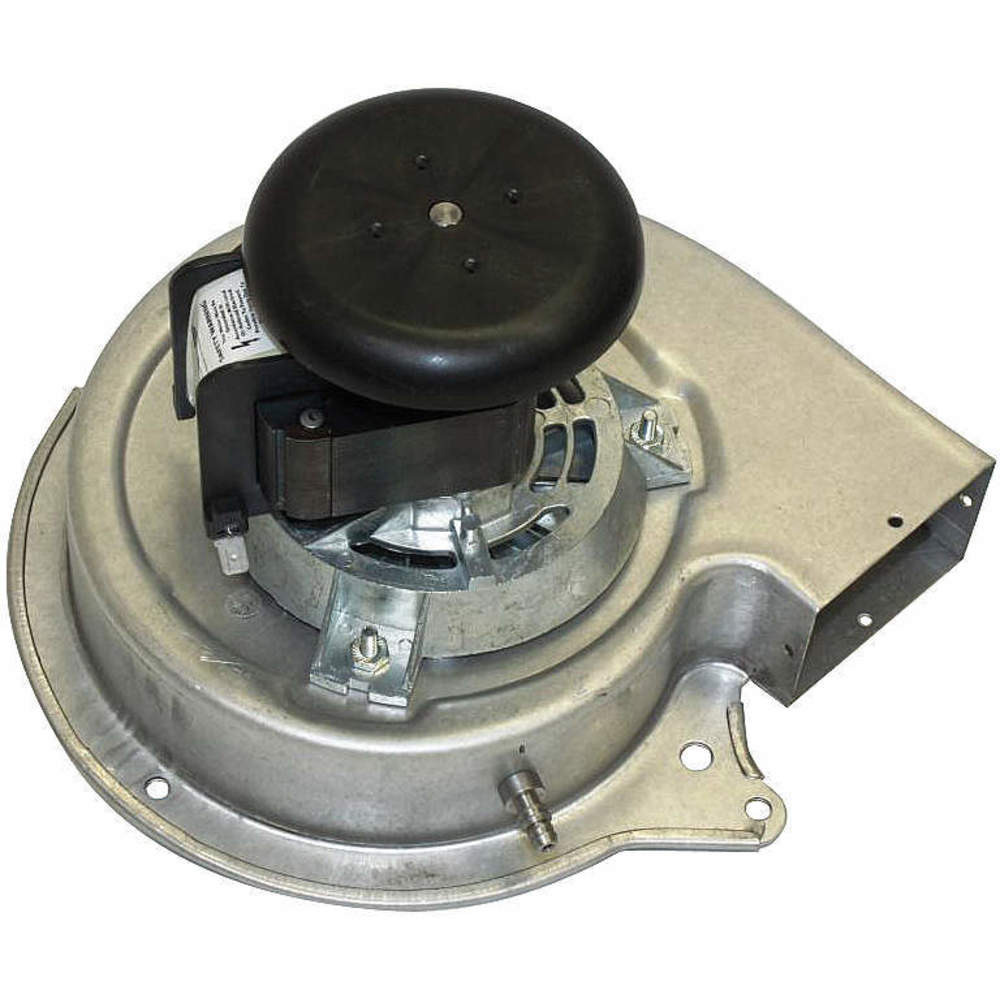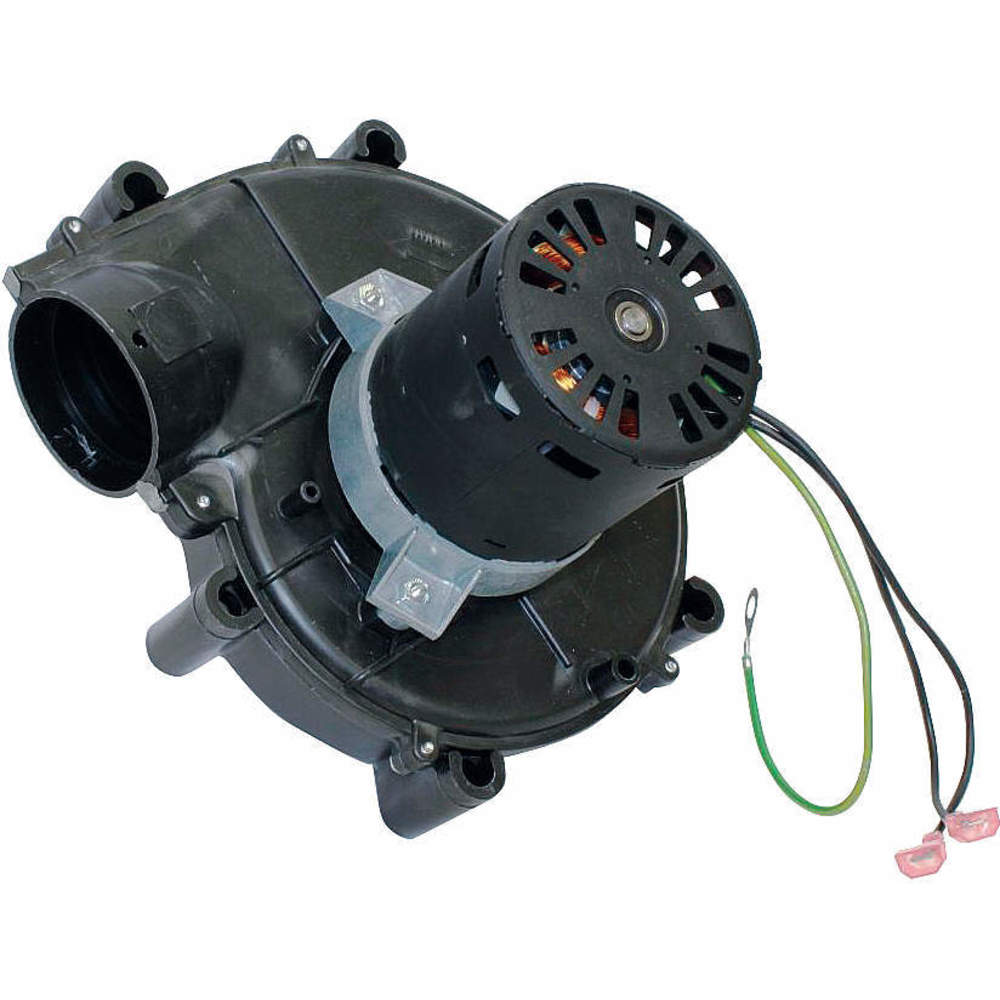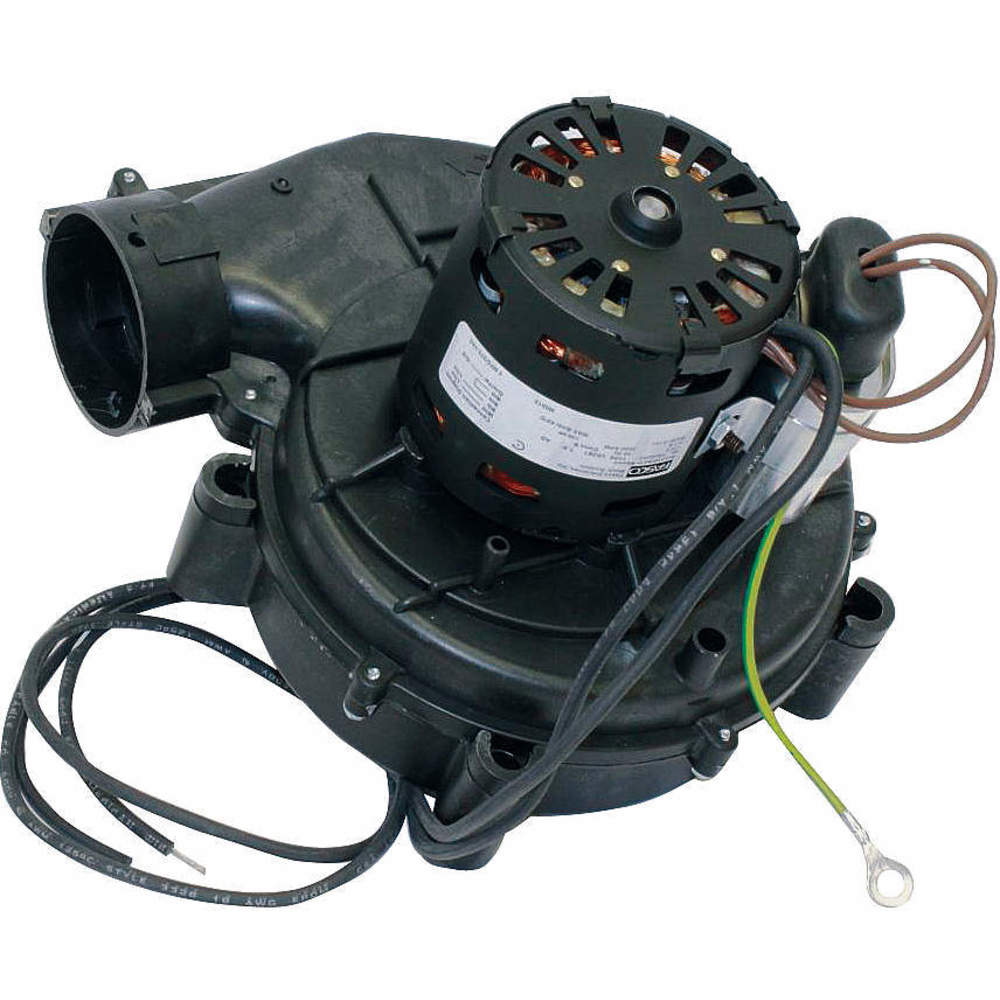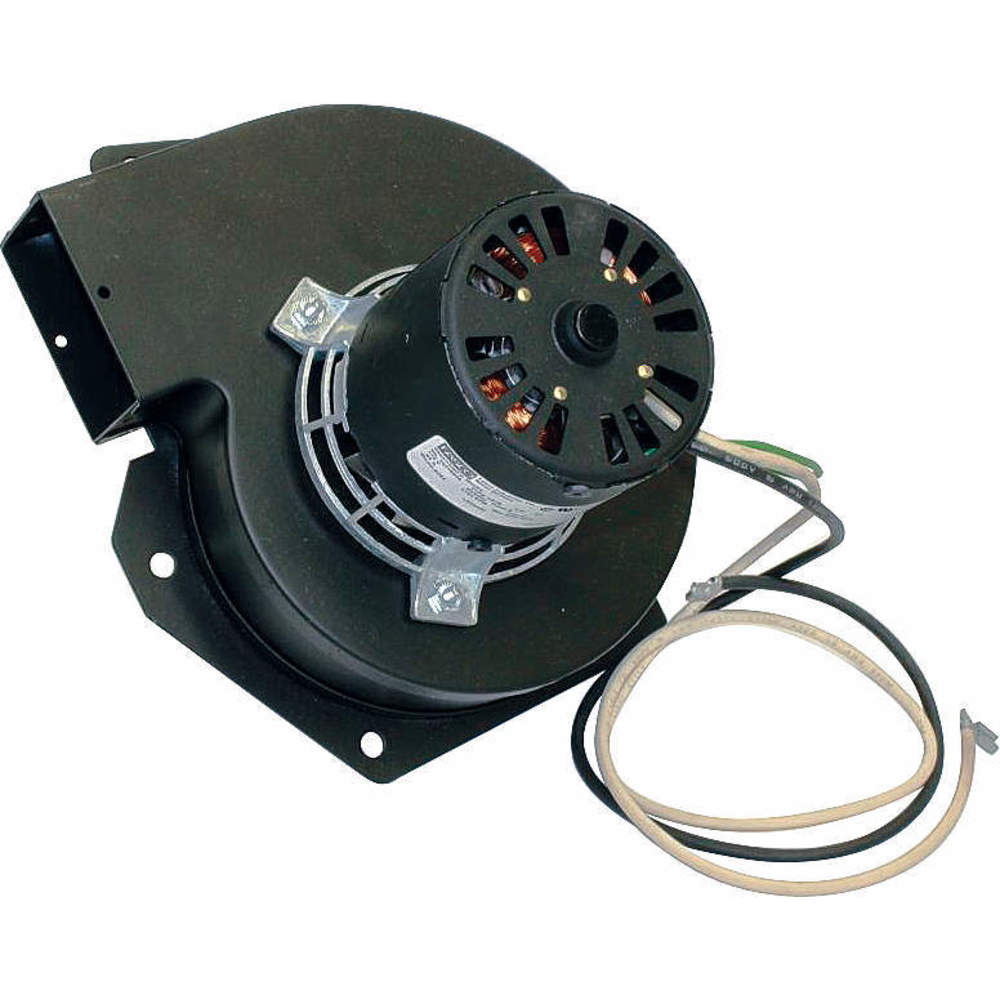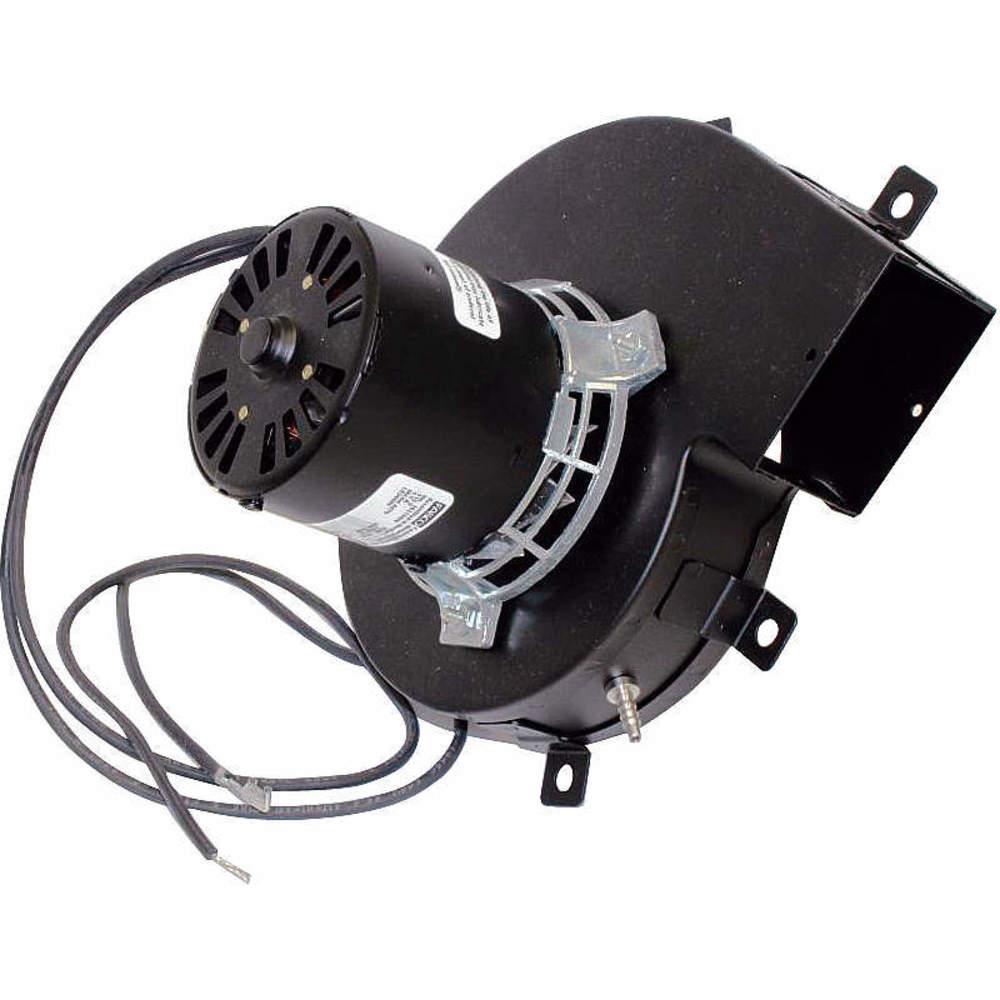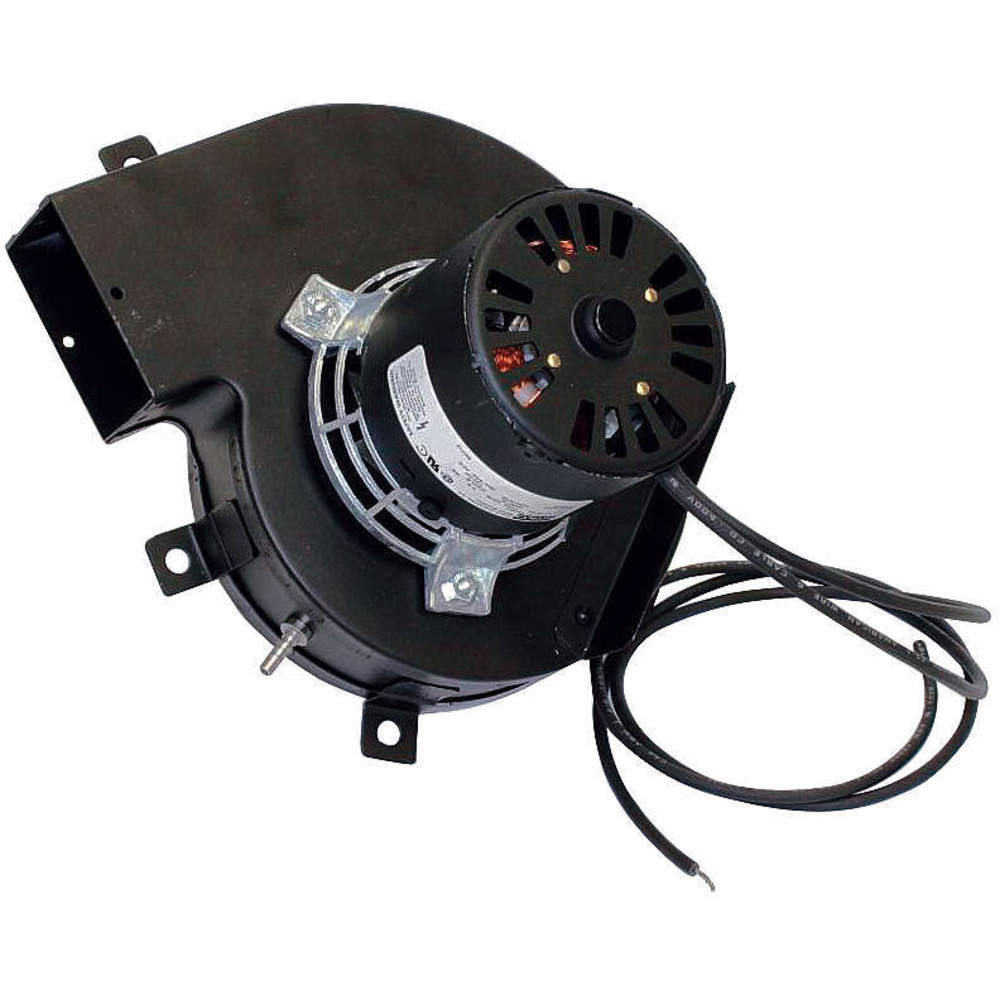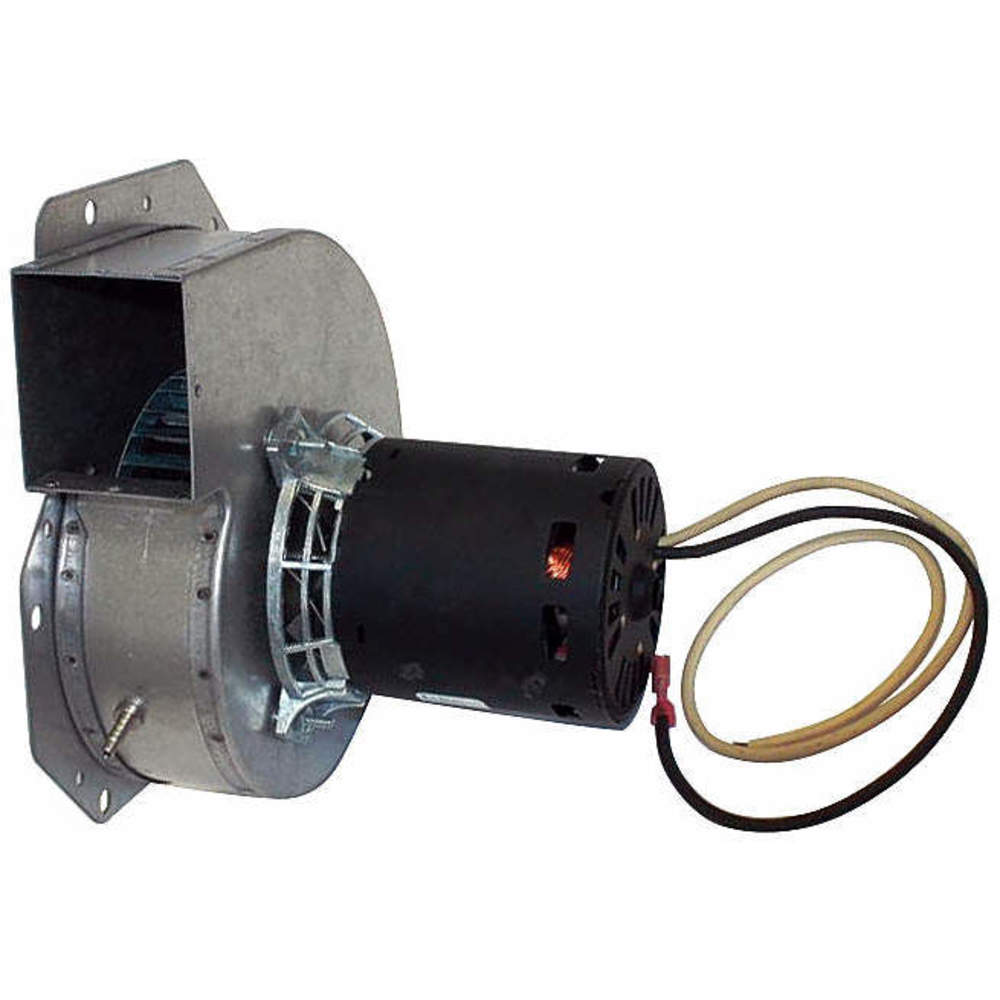Fasco A157 induced draft furnace blower enhances combustion efficiency and maintains safe operating conditions in heating systems. This blower is useful for manufacturing, power generation and chemical processing as it helps maintain stable temperature and ventilation levels. Moreover, this induced draft furnace blower also reduces emissions of harmful pollutants and contributes to a healthy and sustainable environment.
Working Mechanism:
- In a heating system, natural gas is burned to create heat. This combustion process generates warm air for heating.
- Fasco A157 induced draft furnace blower is positioned at the exhaust or flue outlet of the heat exchanger.
- It creates a controlled negative pressure or suction within the flue system.
- The negative pressure produced by the blower draws the hot combustion gases away from the heat exchanger and into the flue, preventing any gas from leaking into the living space.
- Simultaneously, fresh air is drawn into the combustion chamber, ensuring a continuous supply of oxygen for the combustion process.
Features:
- Fasco A157 draft blower has a shaded pole design that accounts for low power requirements.
- It has 6-inch leads with a pin housing terminal for easy and tight connections.
- This blower has forward-curved steel wheels for efficient airflow.
- It is heat-protected with Class B insulation.
- This single-speed blower is suitable for long-hour operation at a fixed speed.
Frequently Asked Questions:
Q. What is a shaded pole induction motor?
A. A shaded pole induction motor is a self-starting single-phase induction motor that has one pole shaded by a copper ring. The copper ring is also known as the shaded ring. This copper ring serves as the secondary winding of the motor. The shaded pole motor can only rotate in one direction, and it cannot be reversed.
Q. What is the difference between an induced draft blower and a forced draft blower?
A. An induced draft blower extracts combustion gases from the system, while a forced draft blower pushes air into the combustion chamber. Both serve to regulate airflow, but they work in opposite directions.
 Change Country
Change Country
